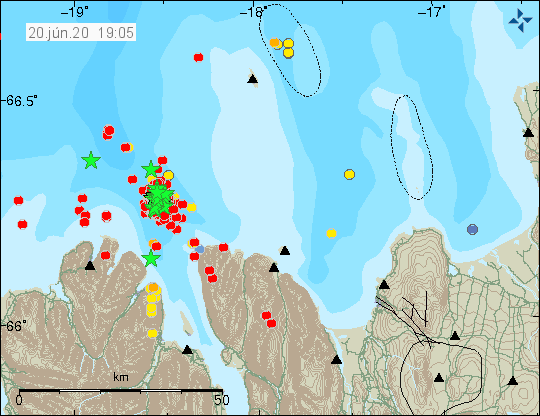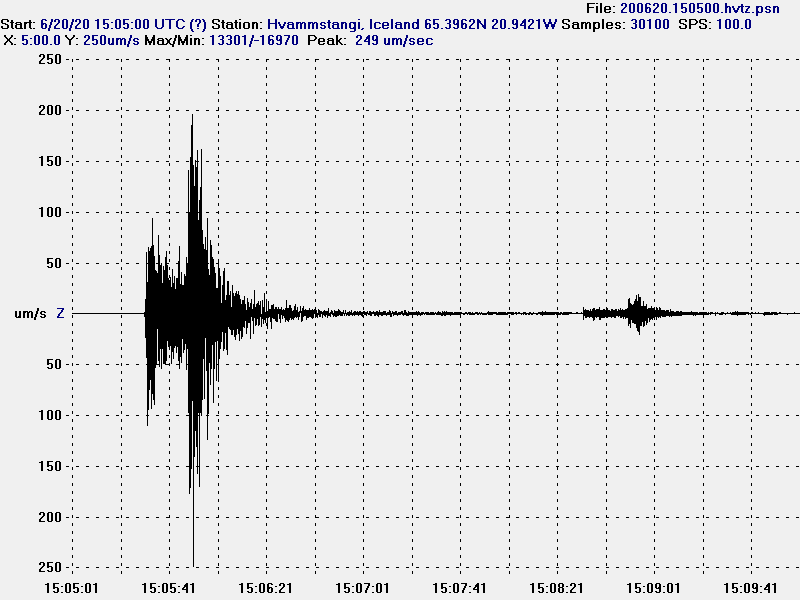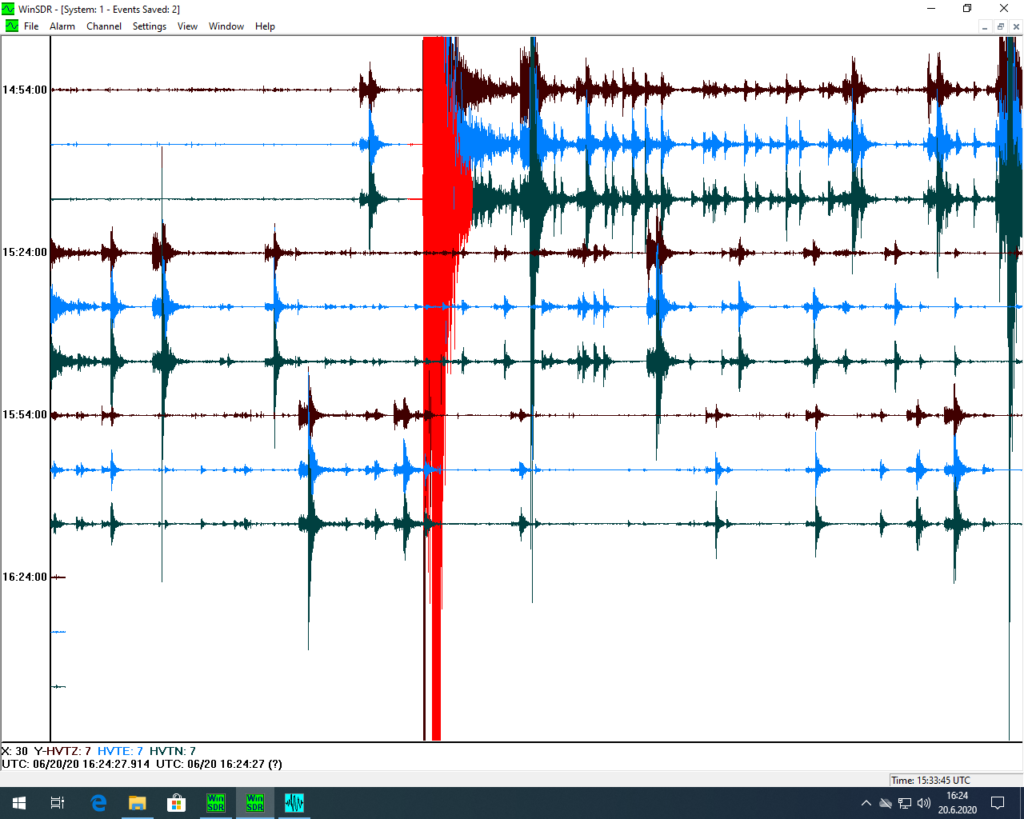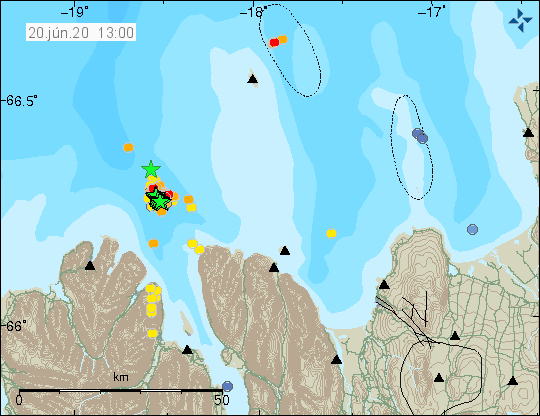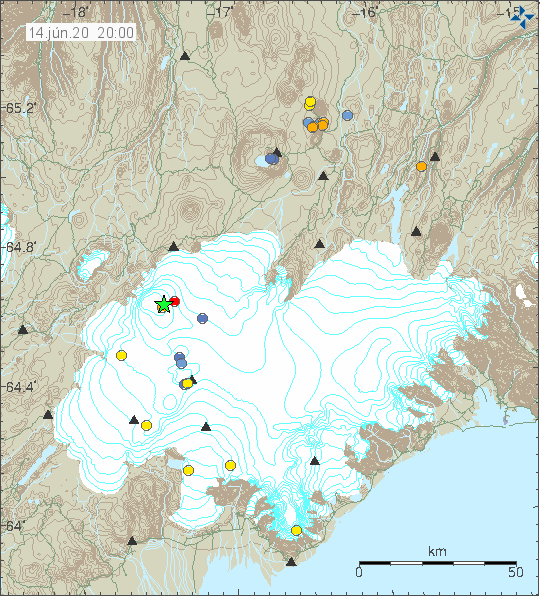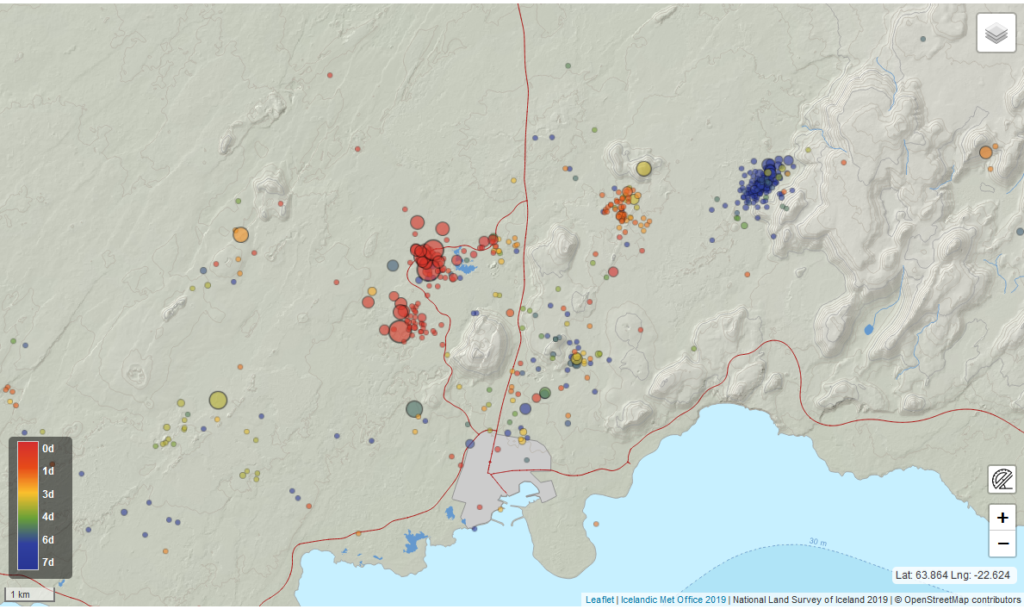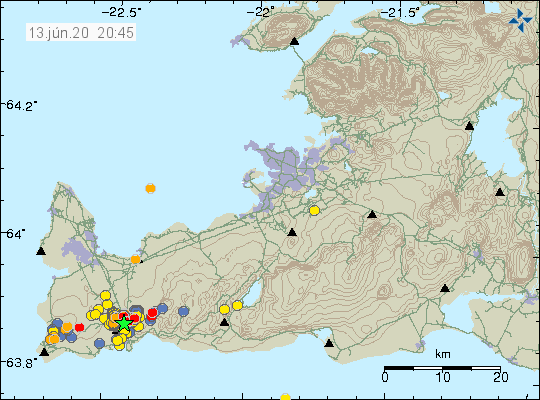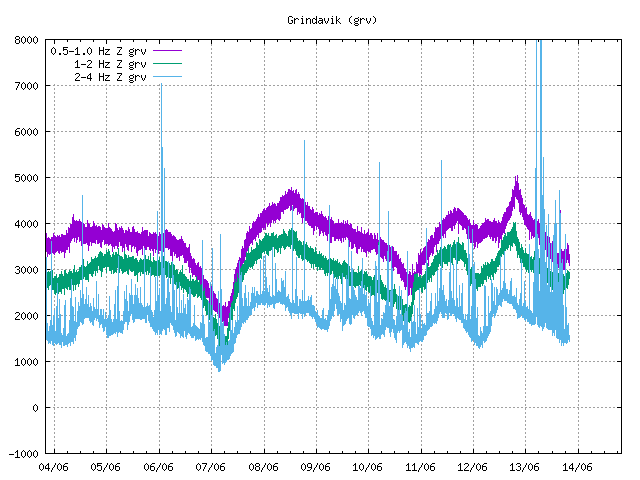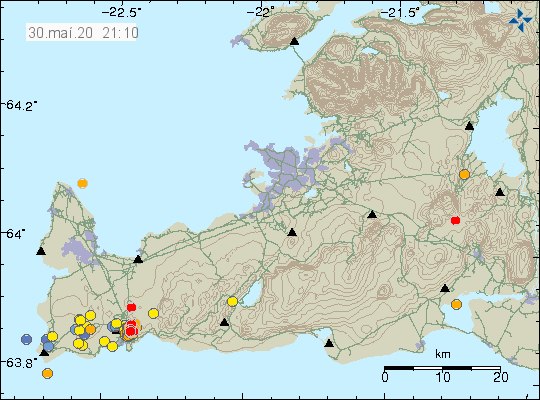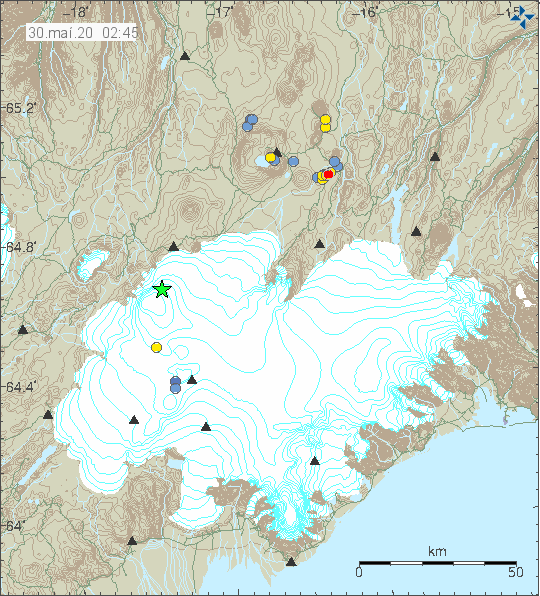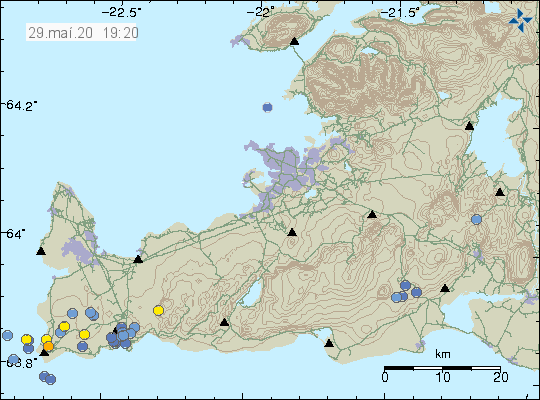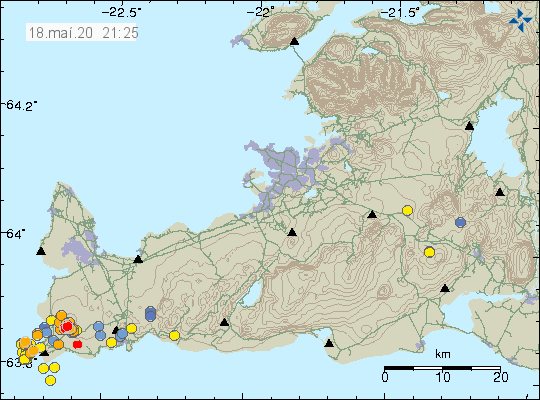Today at 12:49 UTC an earthquake with a magnitude of Mw7,4 happened on the other side of the world. This earthquake was clearly detected in Iceland because the P-wave reflected off Earth iro-nickel core and that directed the P-wave towards Iceland where it was recorded as a Mw4,1 earthquake but was later downgraded to Mw1,5 at 92km depth (this is a fake local earthquake, SIL does not properly deal with this type of earthquakes).
Here is how this earthquake was detected with my geophones in Iceland.

Because of the reflection of the earthquake signal the P-wave arrives at a strange time compared to calculated time.

Short trace of the earthquake due to local noise that was creating problems for me.
I normally don’t record earthquakes from the other side of the world because I am using short period geophones to record earthquakes and those are only used normally for local earthquakes with distances less than 500 km. I can record earthquakes properly up to a distance of 6000 km if the earthquake is large enough (Mw6,0 or larger).
Donations
Please remember to support my work. Currently I am broke but things are starting to look better from July since I no longer have high hosting costs to pay. Thanks for the support. 🙂
Work
I am currently working from 08:00 to 16:00. This is going to lower my response time if anything happens in Iceland until after 16:00 when I get home from work.
Future plans
In the future I am going to be adding Google Adsense back to this website if I get approved. That is going to lower the requirement for donations once that system is in place at the cost of more advertising on this website. I don’t know when that is going to happen but this is going to take several months until I put this place into working phase because its tied into other plans that I have.
